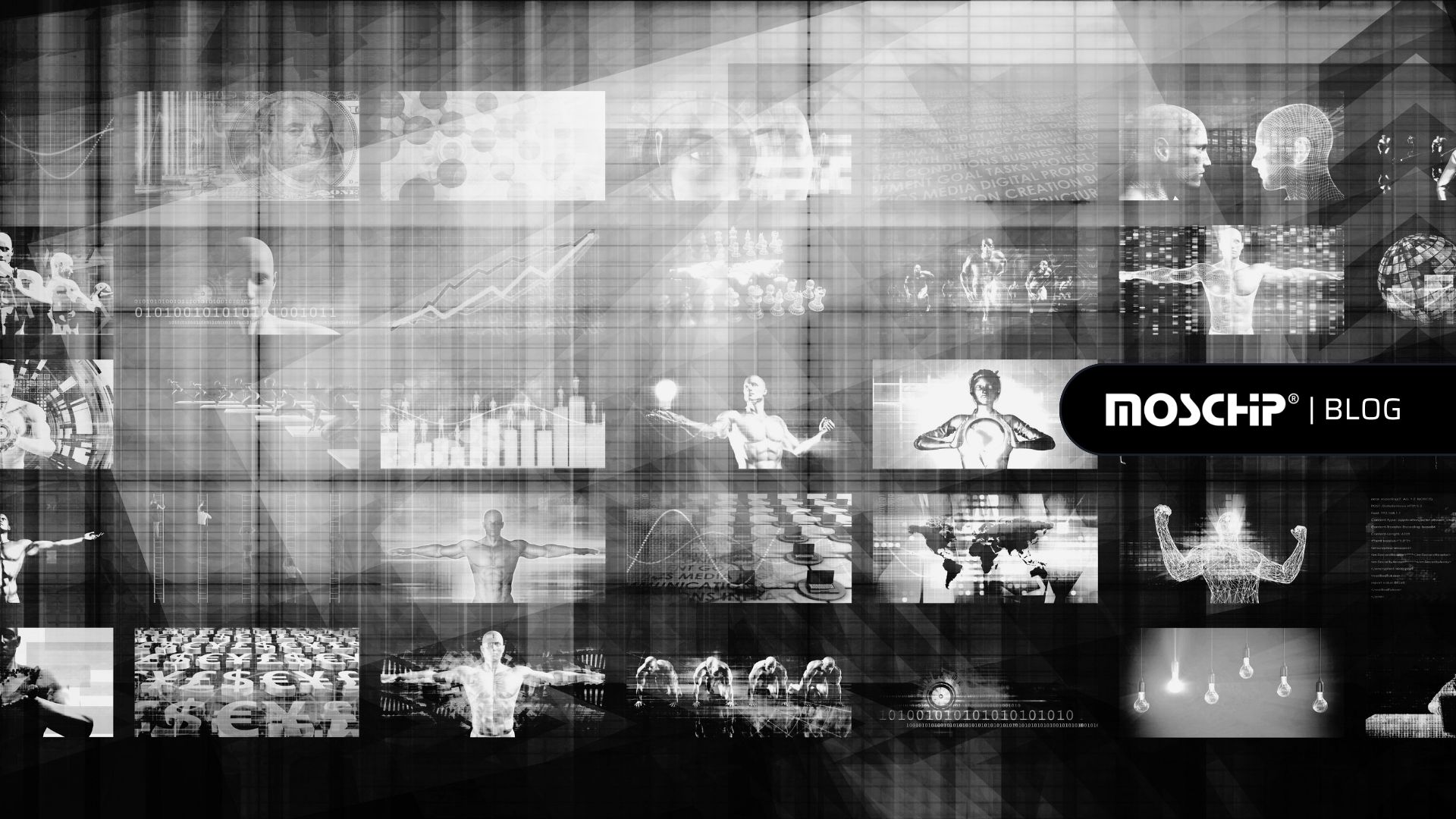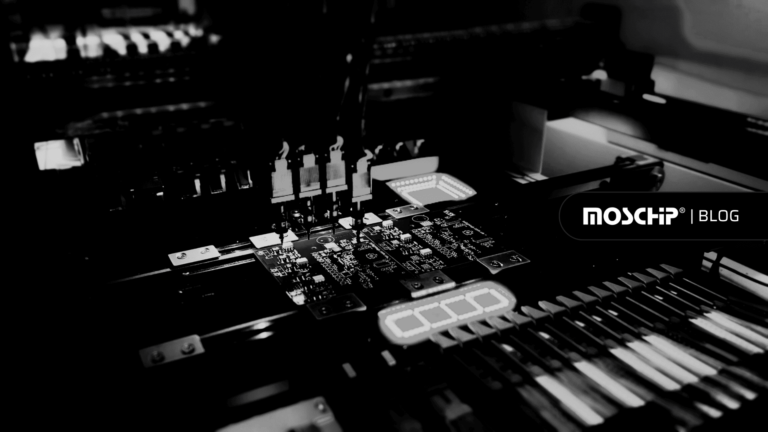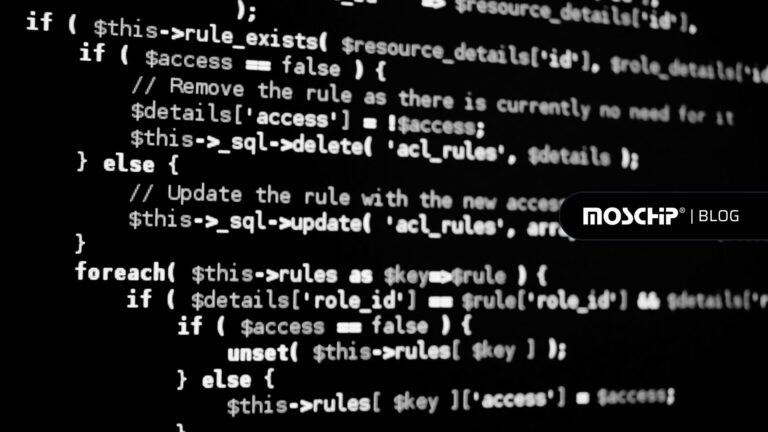Multimedia Intelligence: Confluence of Multimedia and Artificial Intelligence
In contrast to traditional mass media, such as printed material or audio recordings, which feature little to no interaction between users, a multimedia is a form of communication that uses a combination of different content forms such as audio, text, animations, images, or video into a single interactive presentation. This definition now seems outdated because coming to 2022, multimedia has just exploded with more complex forms of interactions. Alexa, Google Assistant, Twitter, Snapchat, Instagram Reels, and many more such apps are becoming a daily part of the common man’s life. Such an explosion of multimedia and the rising need for artificial intelligence are bound to collide, and that is where multimedia intelligence comes into picture. Multimedia market is being driven forward by the increasing popularity of virtual creation in the media and entertainment industries, as well as its ability to create high-definition graphics and real-time virtual worlds. The growth is such that between 2022 to 2030, the global market for AI in media & entertainment is anticipated to expand at a 26.9% CAGR and reach about USD 99.48 billion, as per the Grand View Research, Inc. reports.
What is multimedia intelligence?
The rise and consumption of ever-emerging multimedia applications and services are churning out so much data, giving rise to conducting research and analysis on it. We are seeing great forms of multimedia research already like image/video content analysis, video or image search, recommendations, multimedia streaming, etc. Also, on the other hand, Artificial Intelligence is evolving at a faster pace, making it the perfect time for tapping content-rich multimedia for more intelligent applications.
Multimedia intelligence refers to the eco-system created when we apply artificial intelligence to multimedia data. This eco-system is a 2-way give-and-take relationship. In the first relation, we see how multimedia can boost research in artificial intelligence, enabling the evolution of algorithms and pushing AI toward achieving human-level perception and understanding. In the second relation, we see how artificial intelligence can boost multimedia data to become more inferable and reliable by providing its ability to reason. Like in the case of on-demand video streaming applications use AI algorithms to analyse user demographics and behaviour and recommend content that they enjoy streaming or watching. As a result, these AI-powered platforms focus on providing users with content tailored to their specific interests, resulting in a truly customized experience. Thus, multimedia intelligence is a closed cyclic loop between multimedia and AI, where they mutually influence and enhance each other.
Evolution and significance
The evolution of multimedia should be credited to the evolution of smartphones. Video calling through applications like skype, and WhatsApp truly marked that multimedia is here to dominate. This was a significant move because they completely revolutionized long distance communication. This has evolved further to even more complex applications like video streaming apps like discord, twitch, etc. Then AR/VR technology took it a step ahead by integrating motion sensing and geo-sensing into audio, and video.
Multimedia contains multimodal and heterogenous data like images, audio, video, text, etc. together. Multimedia data has become very complex, and this will be incremental. Normal algorithms are not capable enough to co-relate and derive insights from such data and this is still an active area of research, even for AI algorithms it’s a challenge to connect and establish a relationship between different modalities of the data.
Difference between media intelligence and multimedia intelligence
There is a significant difference between media and multimedia intelligence. Text, drawings, visuals, pictures, film, video, wireless, audio, motion graphics, web, and so on are all examples of media. Simply put, multimedia is the combination of two or more types of media to convey information. So, to date, when we talk about media intelligence, we are already seeing applications that exhibit it. Voice Bots like Alexa and Google Assistant are audio intelligent, Chatbots are text intelligent, and drones that recognize and follow hand gestures are video intelligent. There are very few multimedia intelligent applications. To name one: There is EMO – An AI Desktop robot that utilizes multimedia for all its interactions.
Industrial landscape for multimedia intelligence
Multimedia is closely tied to the media and entertainment industry. Artificial Intelligence enhances and influences everything in multimedia.
About MosChip:
MosChip has 20+ years of experience in Semiconductor, Product Engineering services & Software, security with the strength of 1300+ engineers.
Established in 1999, MosChip has development centers in Hyderabad, Bangalore, Pune, and Ahmedabad (India) and a branch office in Santa Clara, USA. Our software expertise involves platform enablement (FPGA/ ASIC/ SoC/ processors), firmware and driver development, systems security, BSP and board bring-up, OS porting, middleware integration, product re-engineering and sustenance, device and embedded testing, test automation, IoT, AIML solution design and more. Our semiconductor offerings involve silicon design, verification, validation, and turnkey ASIC services. We are also a TSMC DCA (Design Center Alliance) Partner.
Stay current with the latest MosChip updates via LinkedIn, Twitter, FaceBook, Instagram, and YouTube







